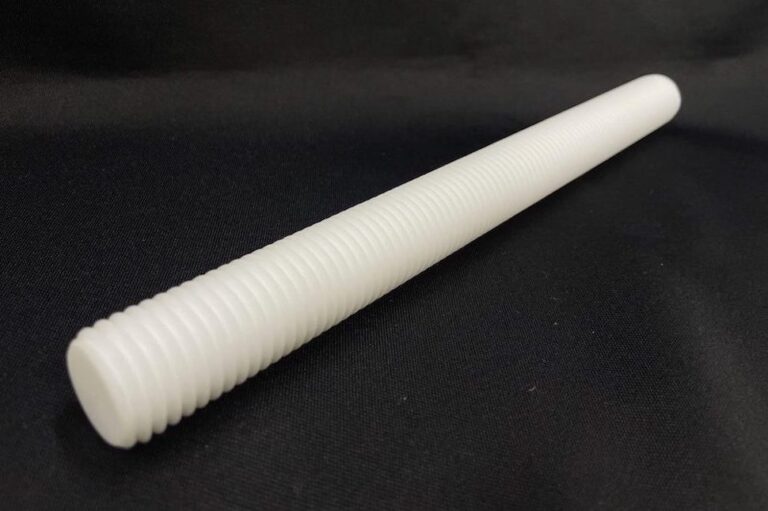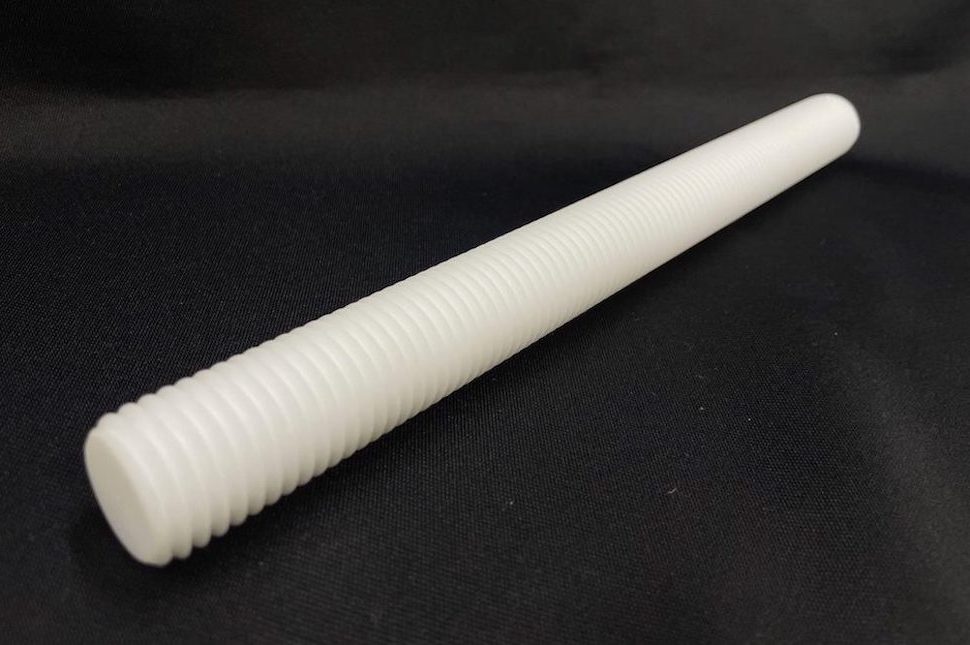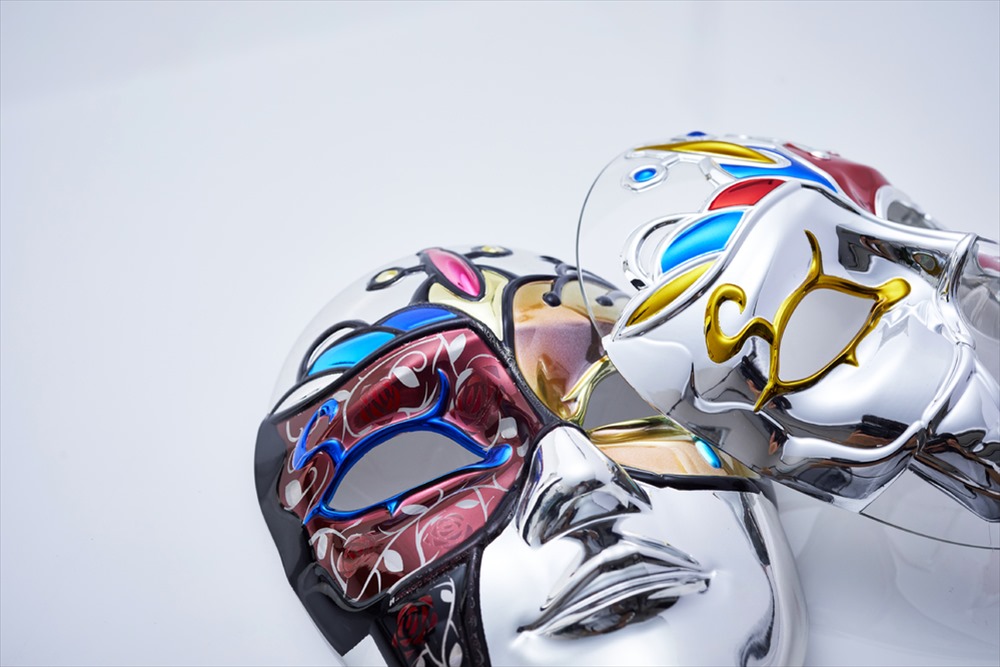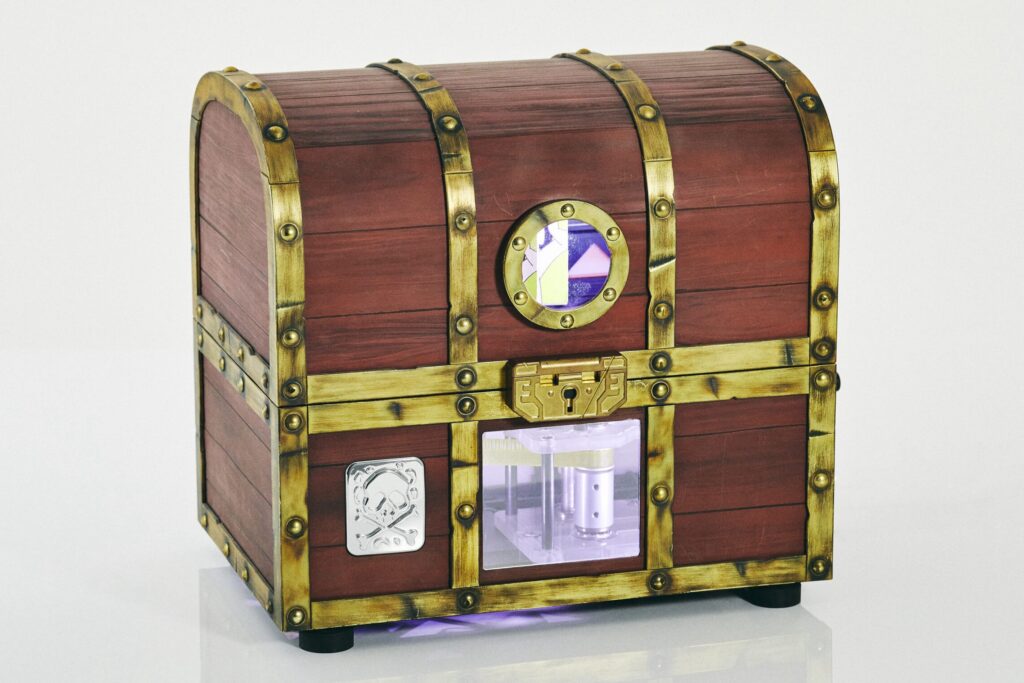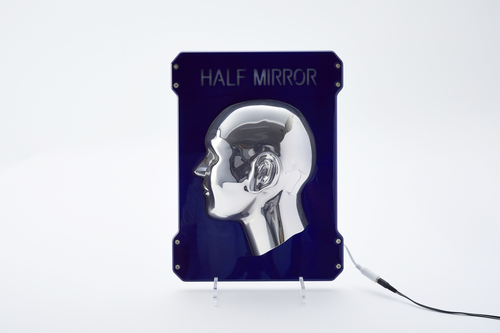CNC Turning/Lathing Service
What We Offer
Our primary focus in offering CNC turning/lathing services is precision and accuracy. Harnessing the capabilities of advanced CNC machinery, we meticulously craft parts from a wide range of materials, including various plastics and metals.
We excel at creating complex, symmetrical components, ensuring your prototypes or small-batch production runs adhere to the most stringent standards of quality.
While we uphold the utmost efficiency in our operations, our main goal remains delivering parts that meet your exact specifications for flawless performance.
Materials We Handle
Plastic/Resin
| Material | Density (g/cm3) | Flexural Strength (GPa) | Tensile Strength (MPa) | Izod Impact (kJ/m) |
|---|---|---|---|---|
| ABS | 1.03 | 2.2 | 38 | 0.4 |
| POM | 1.41 | 2.58 | 73 | 0.07 |
| PP | 0.912 | 1.60 | 25.2 | 0.136 |
| Nylon | 1.14 | 2.31 | 58.8 | 0.524 |
| PEEK | 1.3 – 1.5 | 3.8 – 19 | 97 – 200 | 0.078 – 0.12 |
Clear Plastic/Resin
| Material | Density (g/cm3) | Flexural Strength (GPa) | Tensile Strength (MPa) | Izod Impact (kJ/m) |
|---|---|---|---|---|
| PC (Polycarbonate) | 1.15-1.2 | 2.2-2.5 | 61-69 | up to 900 |
| Acrylic | 1.19 | 117 | 69 | 0.4 |
| PMMA | 1.19 | 117 | 69 | 0.4 |
| PVC | 1.3 – 1.45 | 2.67 | 43.2 | 0.442 |
Ferrous Metal
| Material | Density (g/cm3) | Elongation (%) | Ultimate Tensile Strength (MPa) | Hardness (BHN) |
|---|---|---|---|---|
| SUS303 (AISI 303) | 8.03 | 35 Min | 500-750 | 230 Max HB |
| SUS304 (AISI 304) | 8.0 | 40 Min | 515 | 201 Max HB |
| S45C (AISI 1045) | 7.87 | 16.00 | 565 | 163 |
Non-Ferrous Metal
| Material | Density (g/cm3) | Elongation (%) | Tensile Strength (MPa) | Hardness Brinell (HB or HRB) |
|---|---|---|---|---|
| Pure Titanium | 4.51 | 26-60 | 240 | 70 – 74 HRB |
| Brass (Copper Alloy) | 8.39 | 52.00 | 360 | 81.3 HB |
| Aluminum Alloy | 2.67-2.73 | 3-35 | 76-84 | 60 HB |
CNC Turning/Lathing Tolerances
| Maximum Part Size | φ3.9, L=19.7 inches |
|---|---|
| Standard Lead Time | Usually 5 to 7 days. May vary depending on size, quantity, etc. |
| General Tolerances | JIS B 0405 Medium grade ±0.00197 inches |
| Precision Tolerances | ±0.00118 inches (Please feel free to contact us even if you need higher precision.) |
| Minimum Feature Size | Minimum blade size is 0.0118 inches. |
| Threads and Tapped Holes | Suitable for threading, tapping, inserts, heliserts, etc. |
Past Works
PTFE Lathing
Lathing PTFE material is available, aside from CNC machining and 3d printing.
Material: PTFE
Please feel free to contact us.
Adequate support will be provided by our experienced designers until prototype completion.
Finishing Options
Pros and Cons of CNC Milling
Advantages
- High Precision and Accuracy: CNC turning is highly precise, able to create intricate details and maintain tight tolerances consistently across multiple parts.
- Versatility: It can work with a broad range of materials, including various types of plastic and metal.
- Scalability: It’s suitable for both low-volume prototyping and high-volume production.
Disadvantages
- Limited Geometry: CNC turning is primarily used for creating parts that are rotationally symmetrical. It’s not as versatile as some other processes for complex, asymmetrical designs.
- Material Waste: Compared to additive manufacturing methods like 3D printing, CNC turning can create more waste because material is removed rather than added.
Get In Touch!
If you have something you want to make, please contact us. Even a rough idea is OK.
We will give shape to your idea and deliver it to you. Please feel free to contact us.
